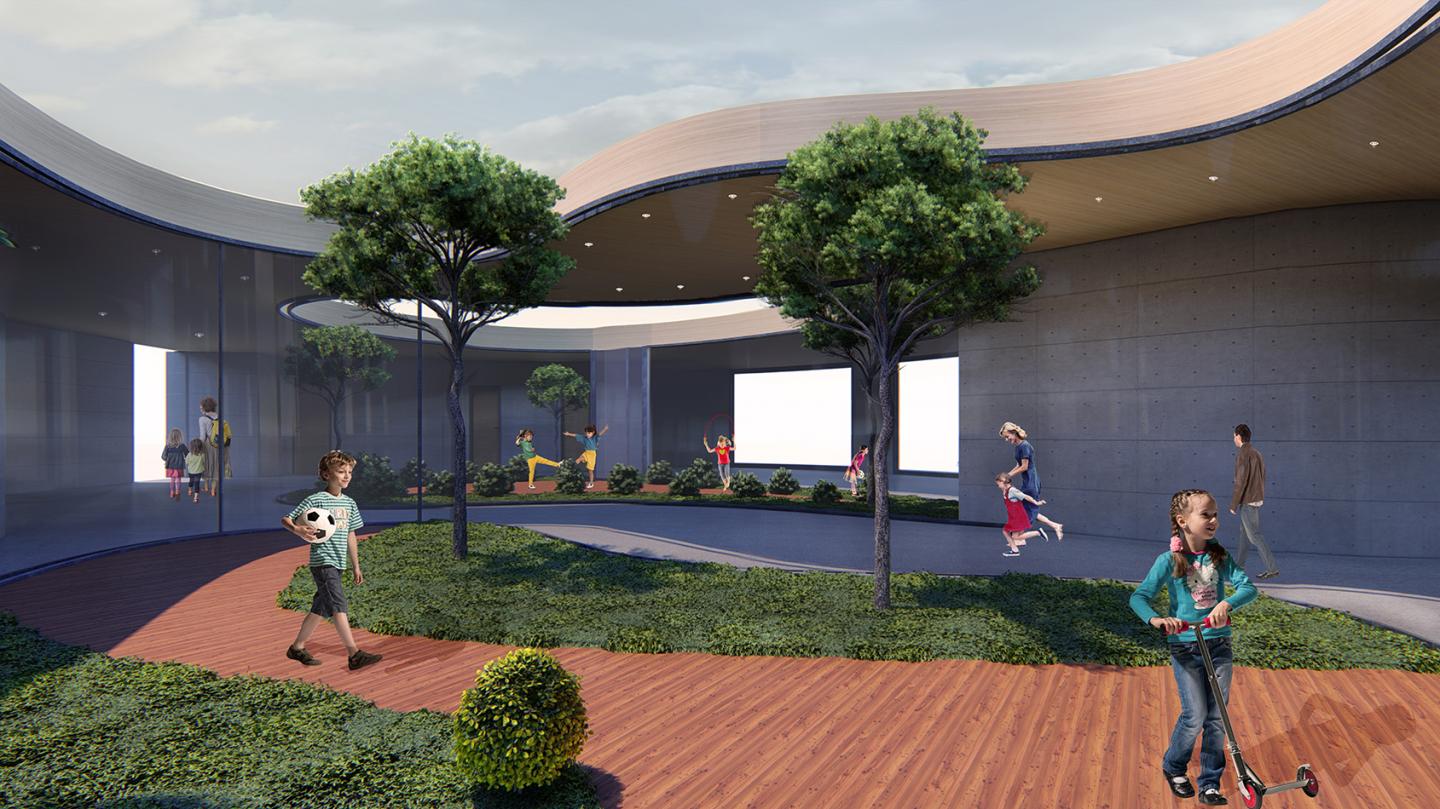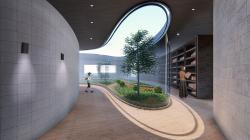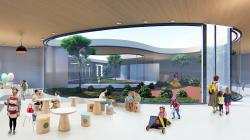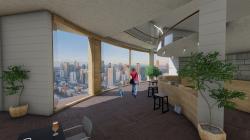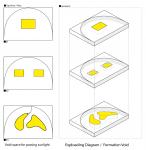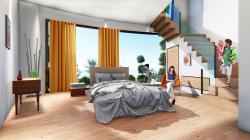Investigation of design criterion for waiting places of patients and patients' families in Mahak center.
Based on the results of the research, by using interior architecture in waiting spaces and paying attention to physical factors such as color, brightness, solitude, etc., based on the principles of aesthetics and functionality of architecture, it is possible to create suitable spaces with spatial value to stress and anxiety. Minimize patients and companions from attending medical centers, as well as the availability of sanitary accommodation on the site to prevent people from worrying about staying, wandering and even possible infections, so it should be considered according to the capacities available on the site. Some spaces need to be redesigned to meet existing needs.
Due to the conditions on the Mahak site, there is a lack of places to rest, entertain people, dining halls and public spaces, and it is necessary to create such spaces to create a relative peace of mind for people.
The need for this project is to address the problems and shortcomings of the existing society and to help people through architecture. In such a way that people have a good place to rest, be together and socialize to reduce stress. In the current situation, due to the lack of waiting spaces on the Mahak site, people are forced to use the surrounding parks and camping in the existing spaces, while they have to live in isolated and hygienic spaces, and this shortage is sometimes due to infection and even death. People run out. Therefore, it is necessary to create spaces for rest, entertain people, prevent gatherings in certain places, reduce stress, help treat the child and minimize harm to the patient's family, and failure to address this problem will have irreparable consequences.
2017
2017
This research is in the form of field studies and review of available written sources, in such a way that hospital clients are known and categorized, their needs such as rest areas, waiting places, dining places, etc. are examined. , Then strengths and weaknesses are identified and finally suggested for weaknesses according to site capacity.
Kiana Ghader
